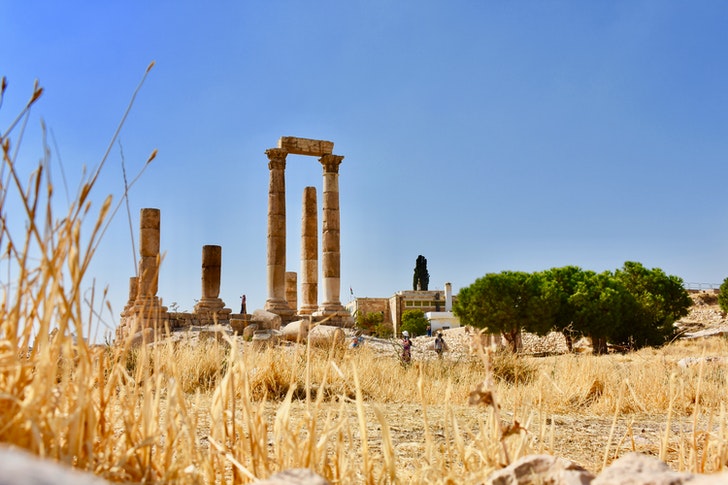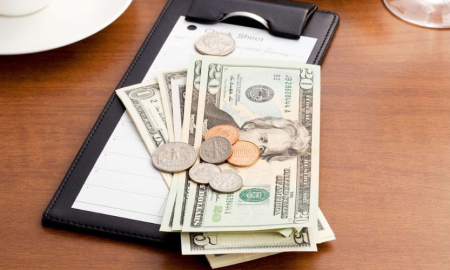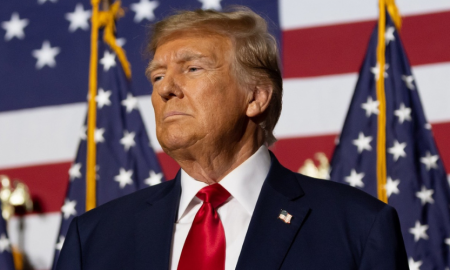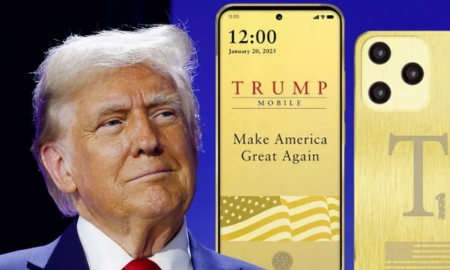
Study of Ancient Coins Leads to New Discoveries Of Roman Financial Positon

The research, conducted by researchers at the University of Warwick and the University of Liverpool in England, revealed a debasement of the currency far greater than historians had thought. Researchers recently performed a scientific analysis of the composition of Roman denarii, which were small silver coins from ancient Rome. This has brought fresh understanding to a financial crisis briefly mentioned by the Roman statesman and writer Marcus Tullius in his essay on moral leadership, De Officiis. The new findings have solved a long-standing historical debate.
The Roman state was teetering on the edge of bankruptcy in 91 BCE, at least in part due to the Social War against their Italian allies, who wanted citizenship along with the power to vote in Roman elections. By 89 BCE, Rome was mired in a debt crisis, and Cicero’s passage suggested people were losing confidence in their currency, the denarius, too.
Historical context for the Roman currency

Towfiqu Barbhuiya/ Pexels | The first coins made in Rome resembled those that were produced in nearby Greece
Roman currency for most of Roman history consisted of gold, silver, bronze, orichalcum and copper coinage. From its introduction to the Republic, during the third century BC, well into Imperial times, Roman currency saw many changes in form, denomination, and composition. A persistent feature was the inflationary debasement and replacement of coins over the centuries. Notable examples of this followed the reforms of Diocletian. This trend continued into Byzantine times.
Due to the economic power and longevity of the Roman state, Roman currency was widely used throughout western Eurasia and northern Africa from classical times into the Middle Ages. It served as a model for the currencies of the Muslim caliphates and the European states during the Middle Ages and the Modern Era.
Further discoveries

Edneil Jocusol/ Pexels | According to different scholars, the Lydian stater is considered the world’s oldest coin
In part of an ongoing project, Butcher and colleagues analyzed the composition of coins minted during these years. They used minimally invasive sampling techniques to prevent damaging the precious silver relics, bearing the heads of gods and Roman leaders, that were first introduced as currency in 211 BCE, valued at ten bronze coins. The researchers found before 90 BCE the denarius was composed of pure silver, but that dropped 10 percent only five years later.
A five-year research project funded by the European Research Council aims to increase the understanding of the economies of classical Rome and other Mediterranean states by analyzing the composition of their coins. Dr Ponting, one of the researchers involved in this project, said that their sampling technique used to take samples from important coins has revealed a significant decline in the value of the denarius.

Pixabay/ Pexels | Roman coinage, as in other societies, represented a guaranteed and widely recognised value
The denarius was initially a pure silver coin. Then, its value dropped to under a 95 per cent fine, and subsequently to 90 per cent. Some coins fell as low as 86 per cent, suggesting a severe currency crisis. Research added that in the years after 91 BC, the Roman state was in danger of becoming bankrupt. They added that the Romans were at war with their own allies in Italy and that by the conclusion of the war, in 89 BC, there was a debt crisis.
More in Rich & Famous
-
`
The Push for Tax-Free Tips in America – A Win or a Risk?
Tipping has long been a fundamental part of the American service industry, providing essential income for millions of workers. However, the...
February 20, 2025 -
`
Matthew Perry Foundation Launches Addiction Fellowship at MGH
The impact of addiction on individuals and families is profound, and the need for specialized medical care in this field has...
February 13, 2025 -
`
Celebrity Couples Who Have Ended Their Relationships in 2025
2025 has already seen its fair share of celebrity breakups, and the year is just getting started. From heartfelt announcements to...
February 6, 2025 -
`
How Trump’s Policies Will Reshape Artificial Intelligence in the U.S.
The United States witnessed a significant political shift as Donald Trump took the presidential oath once again. His return to the...
January 31, 2025 -
`
Millie Bobby Brown Shuts Down Age-Shamers with a Powerful Message
From the moment Millie Bobby Brown first appeared as Eleven in “Stranger Things,” she captured hearts worldwide. But growing up in...
January 25, 2025 -
`
Why Outsourcing Payroll Services Is a Smart Business Move
Managing payroll is no small task—it’s a crucial part of any business that ensures employees are paid accurately and on time....
January 15, 2025 -
`
These AI Stocks Should Be on the Watch List of Investors in 2025
The buzz around AI stocks is growing louder than ever. With artificial intelligence shaping industries like healthcare, finance, and tech, smart...
January 8, 2025 -
`
Why the Starbucks Workers Strike Is Expanding Across U.S. Cities
The Starbucks workers’ strike has gained significant momentum, with employees in more U.S. cities joining the movement to address unresolved issues...
January 2, 2025 -
`
Are Shawn Mendes and Camila Cabello Still Close After Breakup?
The connection between Shawn Mendes and Camila Cabello continues to intrigue fans worldwide. Their shared history, from chart-topping collaborations to a...
December 24, 2024















You must be logged in to post a comment Login